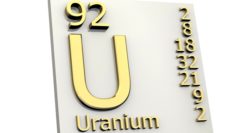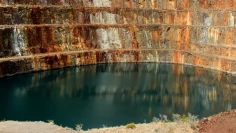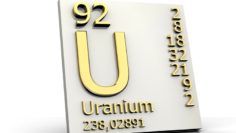A quick remedy is not in sight
People have been talking about saving energy since the late 1970s and, especially in countries like Germany, energy – in whatever form – has become very expensive since then. People have indeed made savings and the consumption figures for individual applications and machines have actually fallen.
However, the same cannot be said for electricity consumption as a whole. It is significantly higher today than it was in 1980, for example, even though individual washing machines consume less electricity today than they did back then. On the other hand, new applications have been added that nobody had on their radar 40 years ago, such as cell phones, flat screens, the Internet, EVs and AI.
They have all contributed to the fact that overall electricity consumption in Germany and in other parts of the world has not fallen but has in fact continued to rise. Increased electricity generation is unavoidable if only to keep pace with this development.
A self-created problem claims its victims
As a result of this need to generate more and more electricity, many countries, especially emerging and developing countries, were already asking themselves twenty years ago, when climate change was not yet widely considered an issue, how they were going to deal with uranium in their electricity supply.
A look at the nuclear power plants currently planned and under construction clearly shows how this question was answered at the time. China and India in particular are relying heavily on nuclear power plants and are bringing them online as quickly as possible. This inevitably increases the demand for uranium, as a coal-fired power plant can also be operated with oil or gas once it has been converted. But in the case of uranium, there is no substitute.
The industry is currently not prepared for this demand, which is now slowly becoming visible due to the new construction activities of the last twenty years. In the years after 2011, the year of the MCA in Fukushima, it was pushed to the edge of the abyss by the massive fall in the price of uranium and fought for its very survival. The fact that there was no more money available for exploration at this time is clear to anyone who is a little more familiar with the raw materials industry.
A quick remedy is not in sight
But now the demand is suddenly there. The price of uranium has increased fivefold since 2018, from under 20 to around 100 US dollars per pound, but producers still don’t have more uranium on offer. They are currently healing the wounds inflicted over the last decade.
The situation is therefore already extremely critical even without the energy transition, as the 2010s were a lost decade for uranium that cannot be made up for quickly. This shortage situation is now being compounded by the demand for less fossil fuel and more electricity as a result of the energy transition. At this point, you don’t need to be a great prophet to venture the prediction that the uranium price is still a long way from peaking.
Disclaimer: The contents of www.goldinvest.de and all other information platforms used by GOLDINVEST Consulting GmbH are intended solely for the information of readers and do not constitute any kind of call to action. Neither explicitly nor implicitly are they to be understood as an assurance of any price developments. Furthermore, they are in no way a substitute for individual expert investment advice, but rather represent advertising/journalistic texts. Readers who make investment decisions or carry out transactions on the basis of the information provided here do so entirely at their own risk. The acquisition of securities involves high risks that can lead to the total loss of the capital invested. GOLDINVEST Consulting GmbH and its authors expressly exclude any liability for financial losses or the guarantee that the content of the articles offered here is up-to-date, correct, appropriate and complete. Please also note our terms of use.
In accordance with §34 WpHG, we would like to point out that partners, authors and/or employees of GOLDINVEST Consulting GmbH may hold shares in some of the companies mentioned and therefore a conflict of interest may exist. Furthermore, we cannot rule out the possibility that other stock market letters, media or research companies may discuss the stocks we discuss during the same period. Therefore, there may be a symmetrical generation of information and opinions during this period. Furthermore, a consultancy or other service contract may exist between the companies mentioned and GOLDINVEST Consulting GmbH, either directly or indirectly, which also gives rise to a conflict of interest. In this case, GOLDINVEST Consulting GmbH is remunerated for reporting on the company mentioned.



















